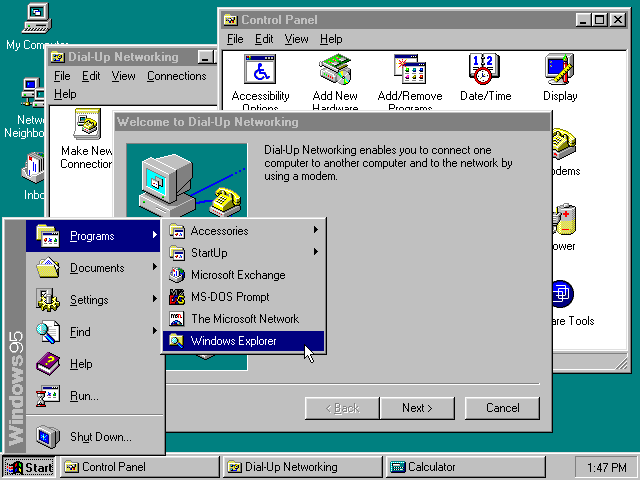Since the release of Windows 8, end users, resellers and industry consultants have lambasted Microsoft for forcing such drastic changes into the desktop environment, especially for business applications. Microsoft's initial strategic plan was to create a universal interface applicable to all electronic devices carrying their operating system: smartphones, tablets, laptops, desktops and servers. However, most desktop users have found the Metro interface to be clumsy and difficult to use compared to the traditional desktop with start button.
Microsoft's new tiled "Metro" interface may be great for Windows based smartphones (if anyone buys them), or the Surface, but it leaves much to be desired in the office or home desktop. Most users complain it has become much harder to find the apps they need, setting up the Metro tiles, and shutting down the machine (it now takes 4 clicks instead of 2). Metro may be great because it tells you the temperature in Sydney, Australia, but if you're looking for Microsoft Word, well, you have to type it in by hand.
Without clear thought, Microsoft has eliminated the one feature that made their system stand out from all the rest: the beloved Start Button. The steering wheel we grew up with since Windows 95 is now gone, replaced by a preset screen of tiles. Microsoft could have done a lot to make this transition smoother, such as by putting boot-to-touch only on touch-based PCs and then having a toggle button to go from the touch interface to the traditional Windows interface. Or work with the track-pad vendors to map to touch while still keeping the Start Button in place as an option.
 |
| Windows 95 desktop |
This strategic blunder has kept millions of people from migrating to the world of Windows 8. Those that can are buying systems with Windows 7, or simply holding on to existing systems (Microsoft is doing all it can to rip Windows XP machines from your hands---Support ends April 8, 2014!). Microsoft’s blunder has cost it and its partners dearly, and may continue until Windows 9 is released in the spring of 2015.
Read more: Microsoft’s Strategic Blunder with Windows 8 | TIME.com http://techland.time.com/2013/05/06/microsofts-strategic-blunder-with-windows-8/#ixzz2s0X1dSp6


No comments:
Post a Comment